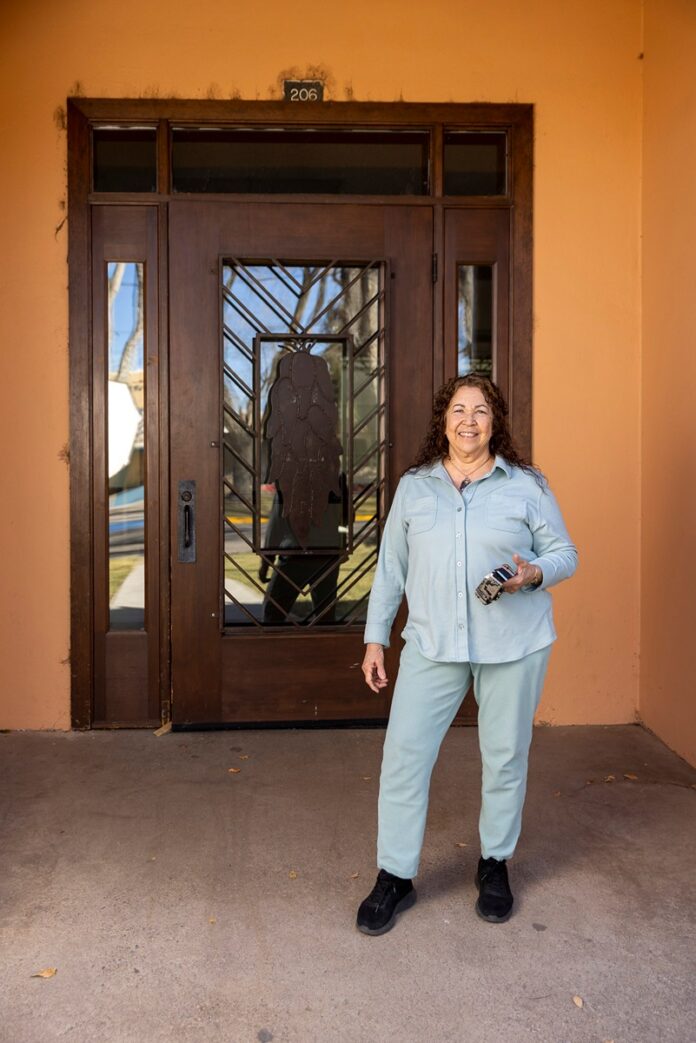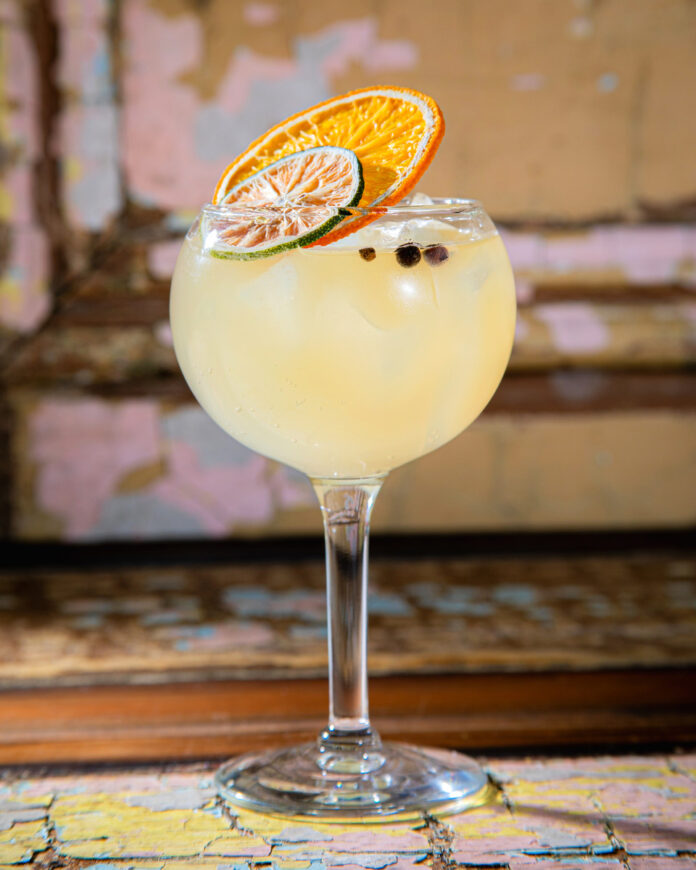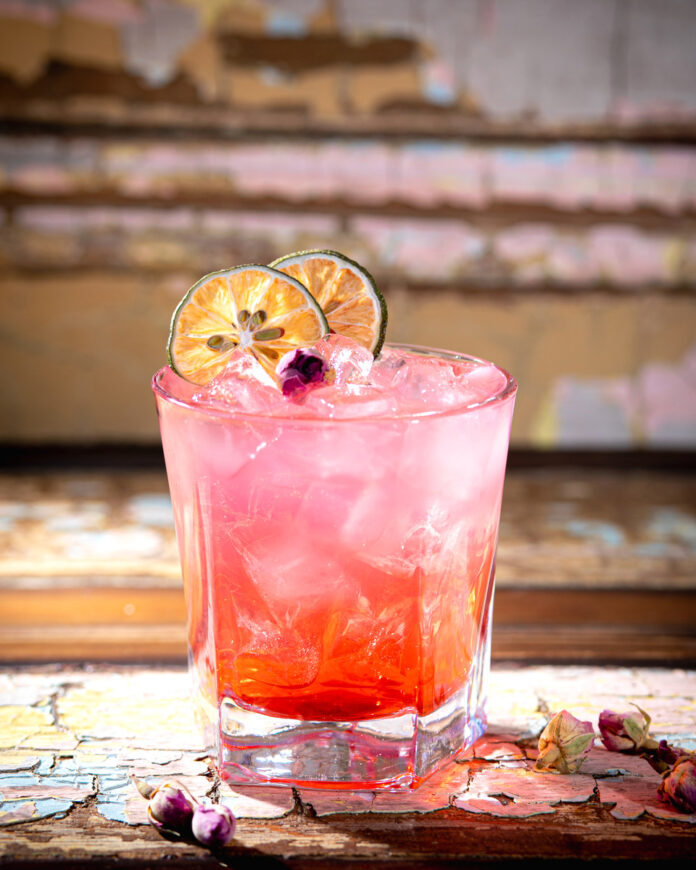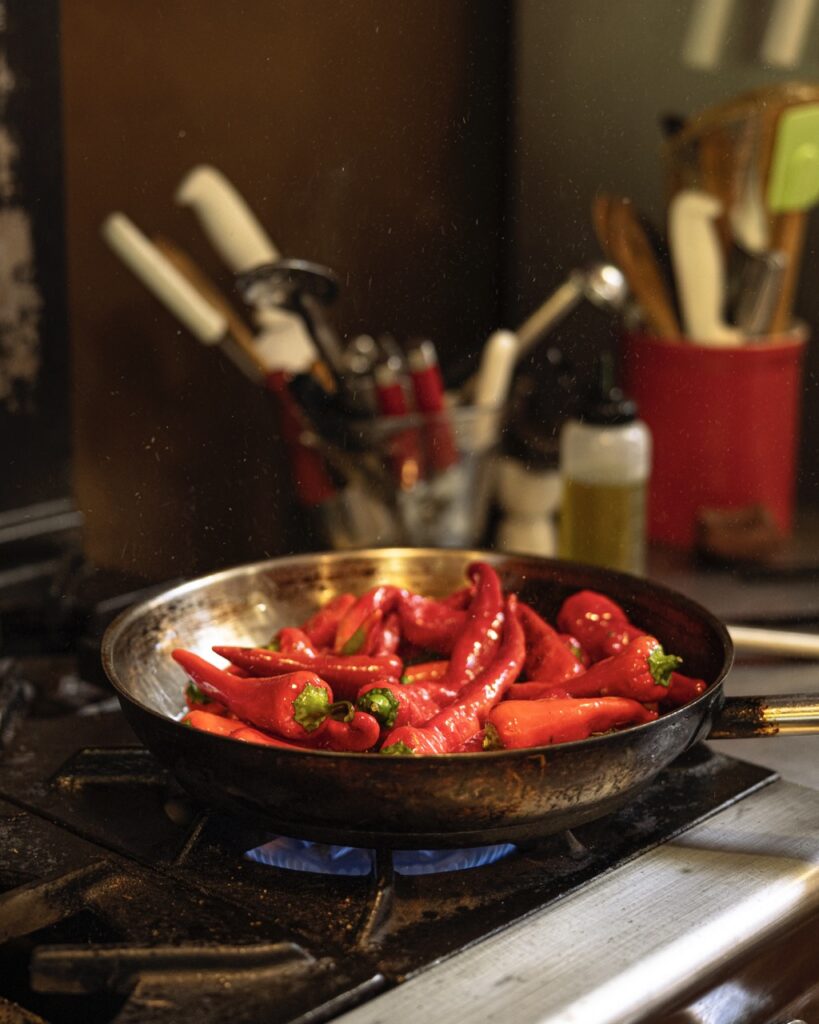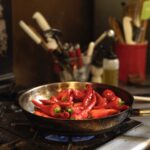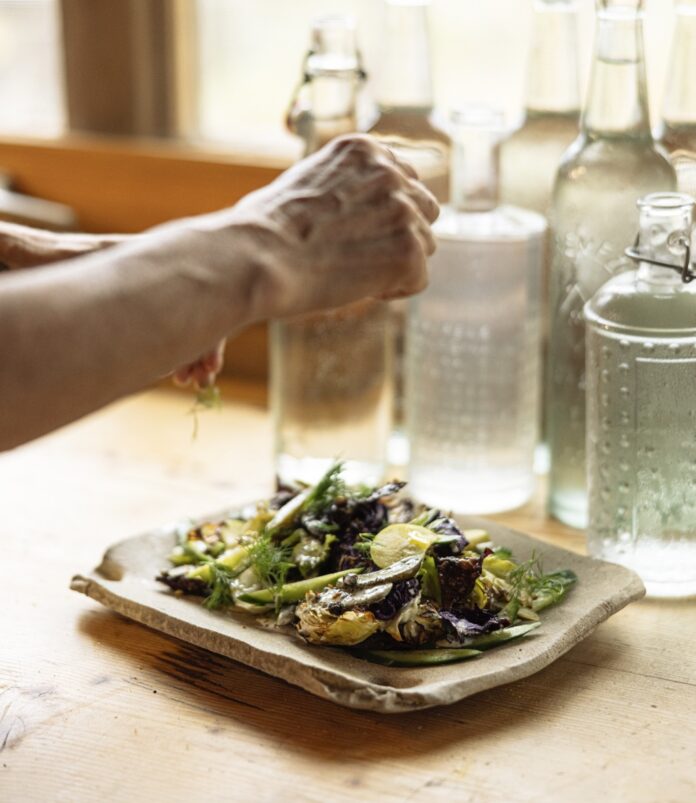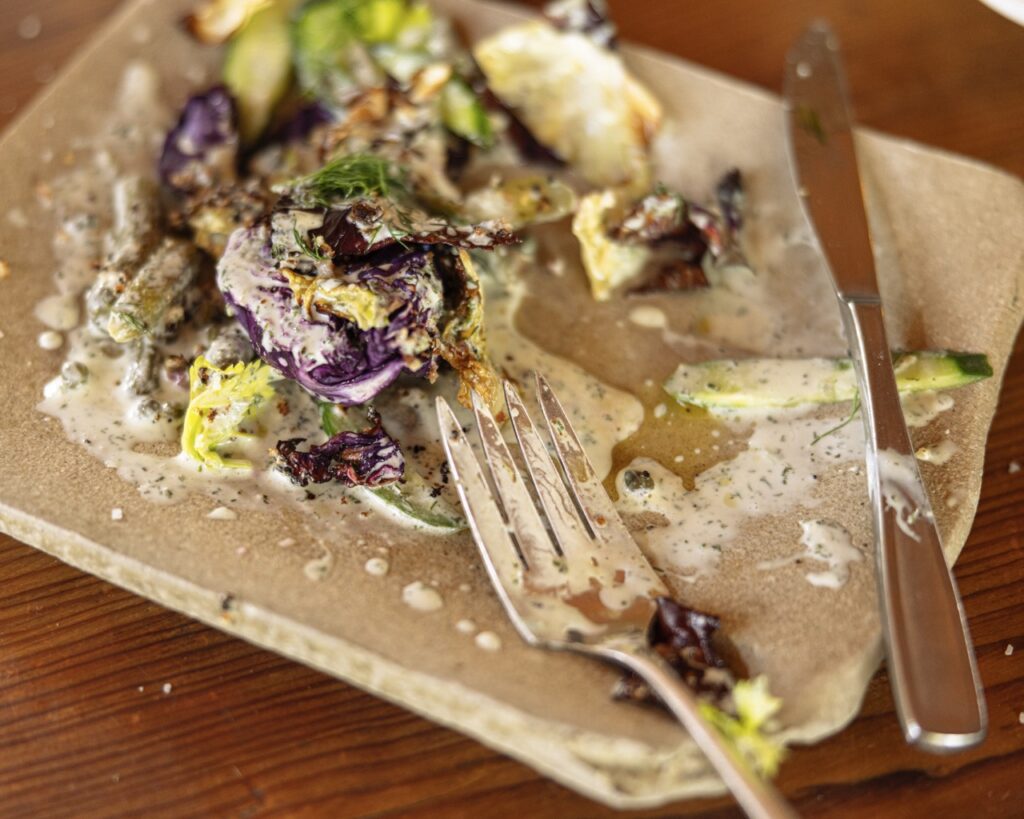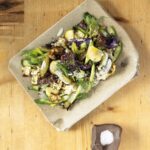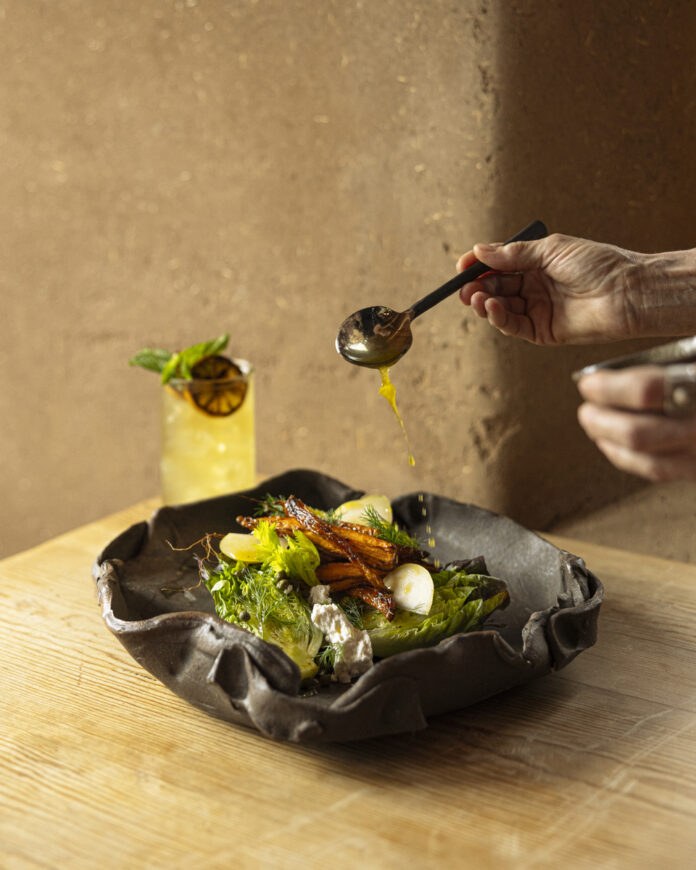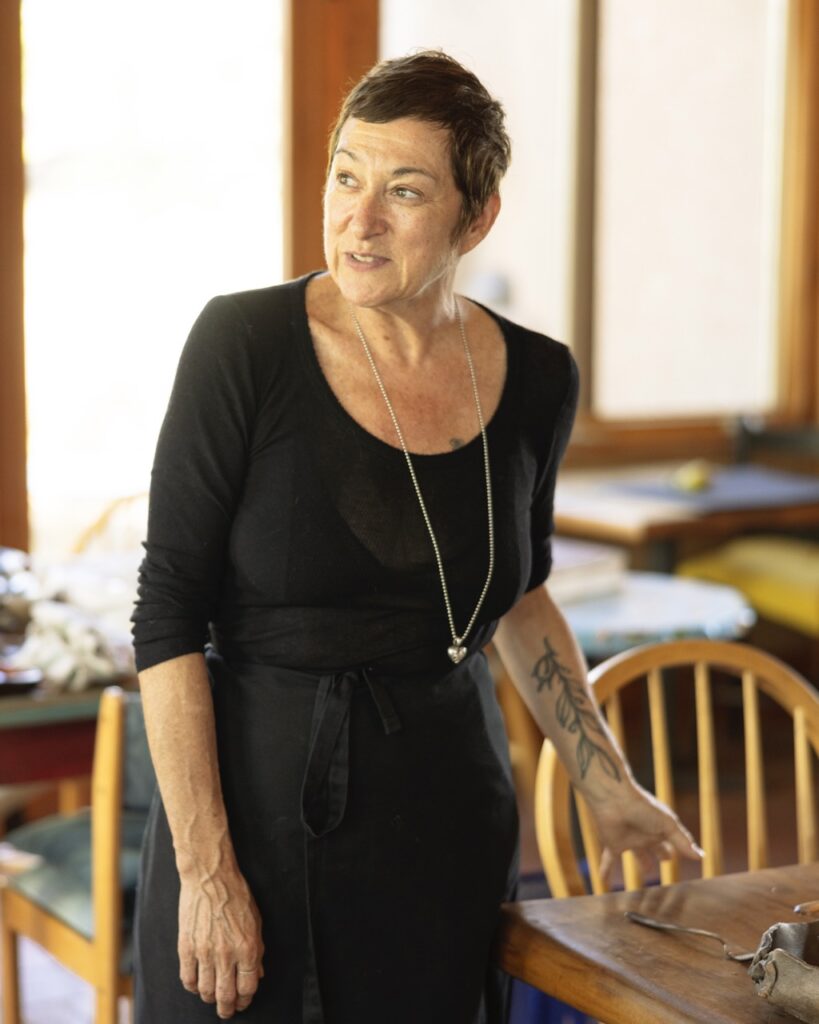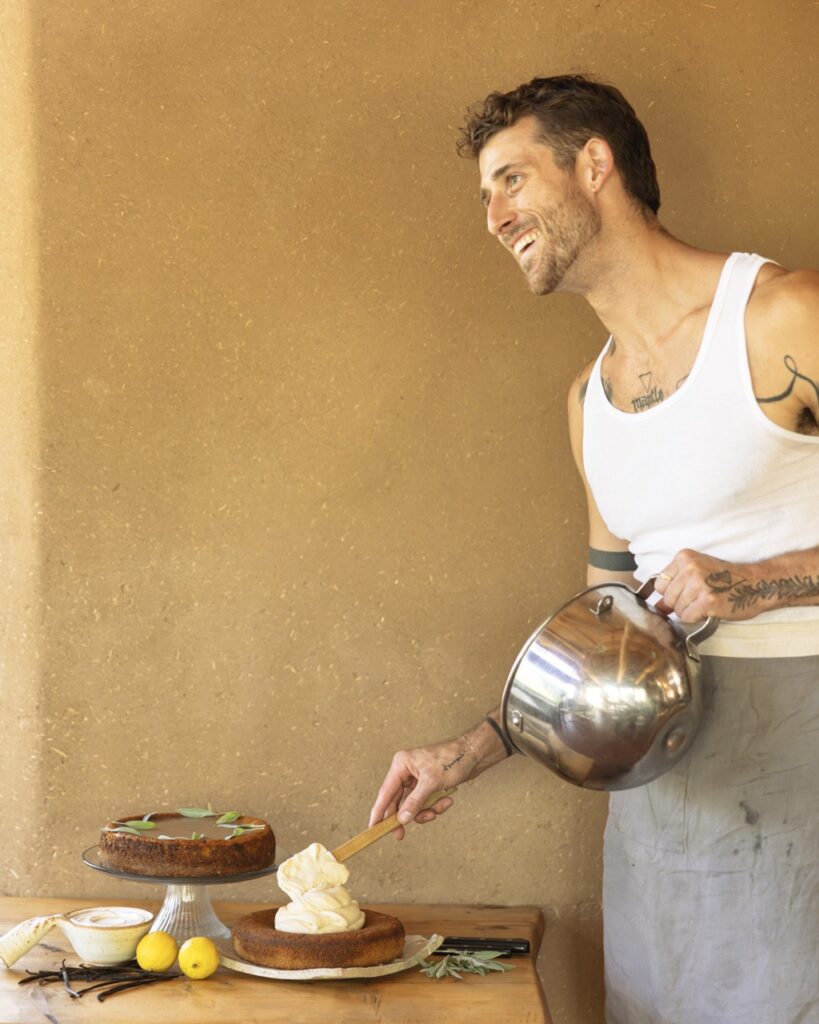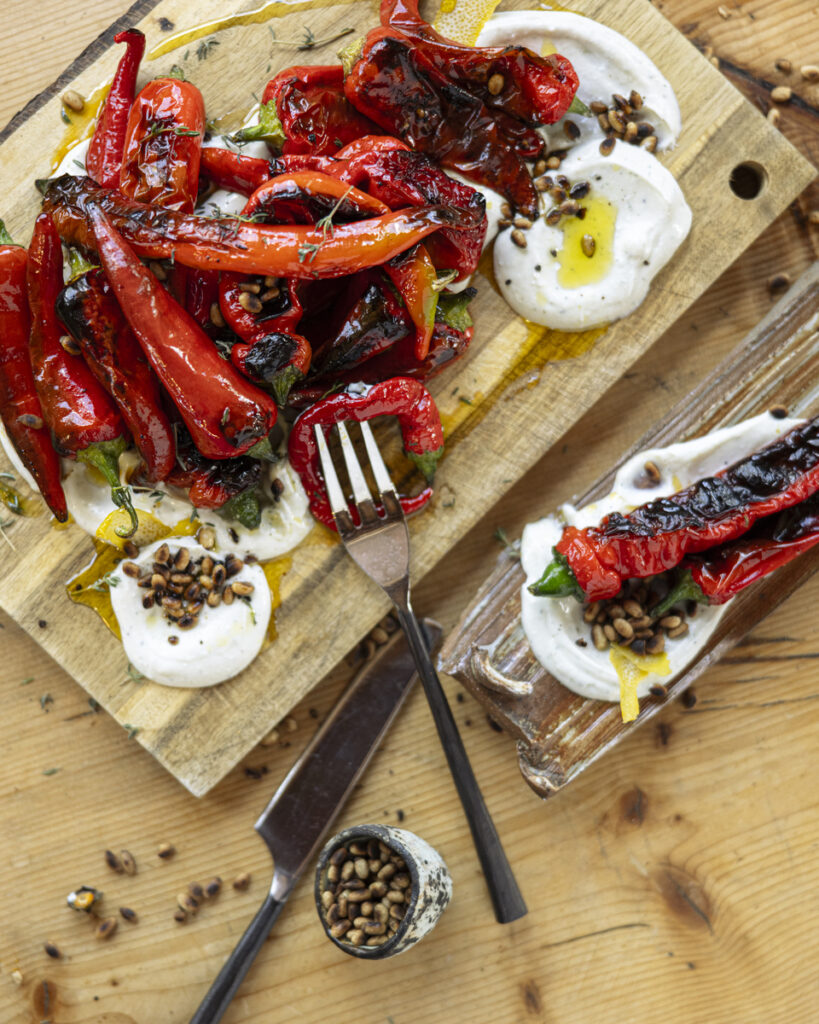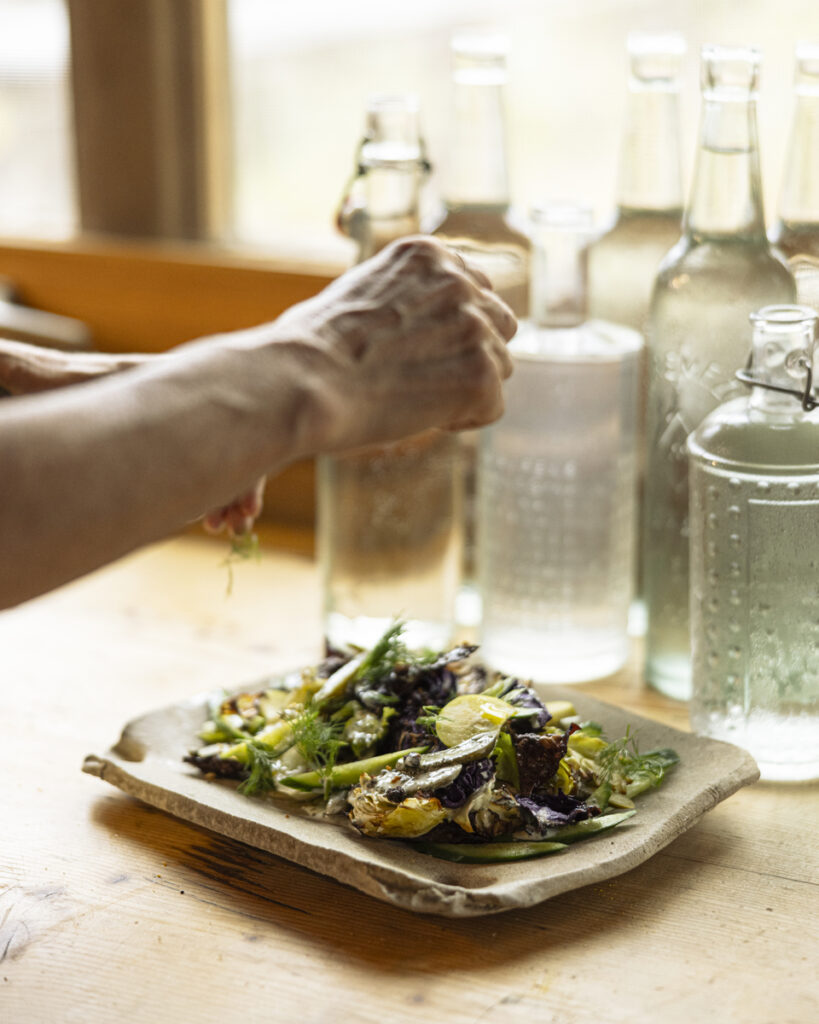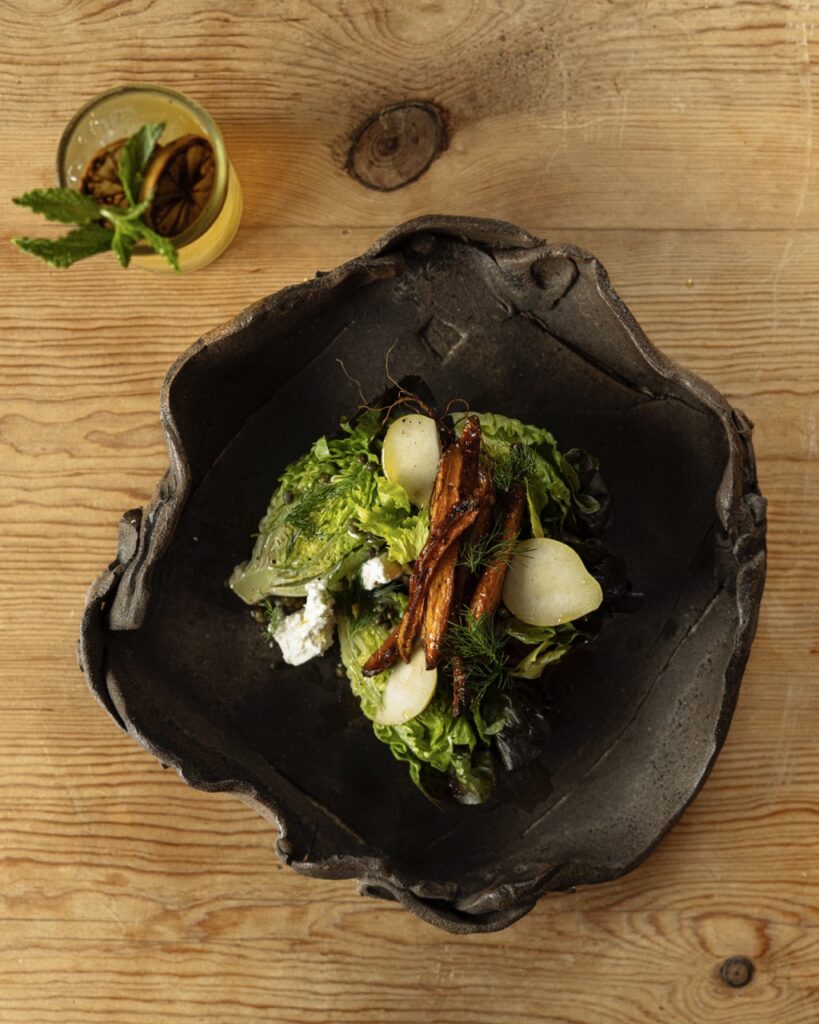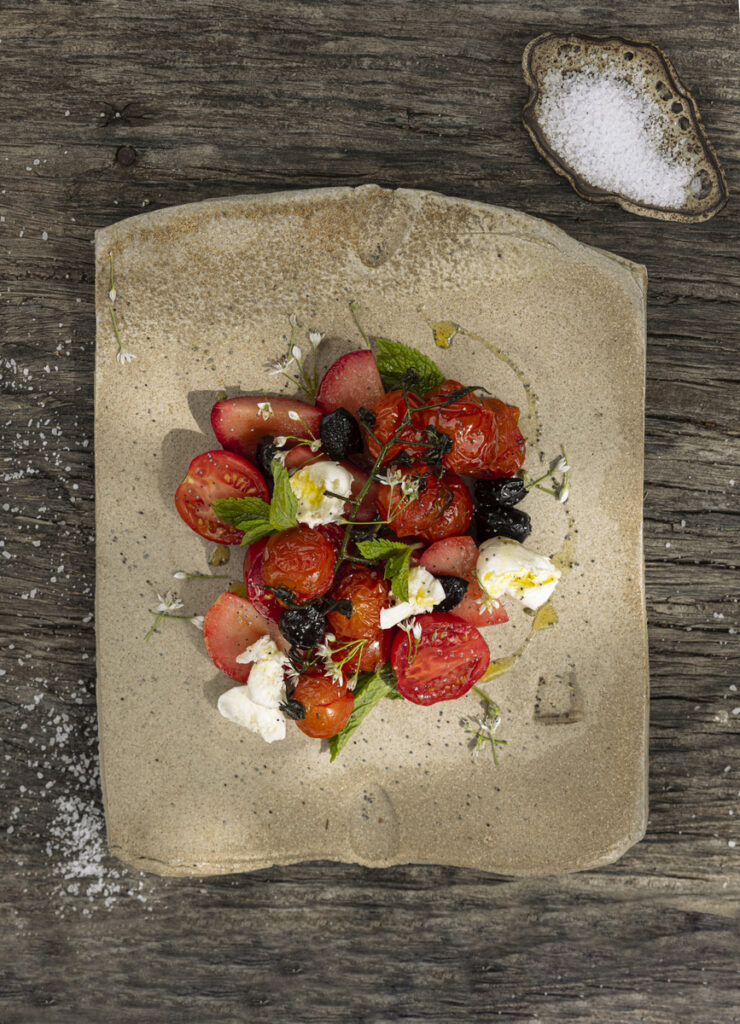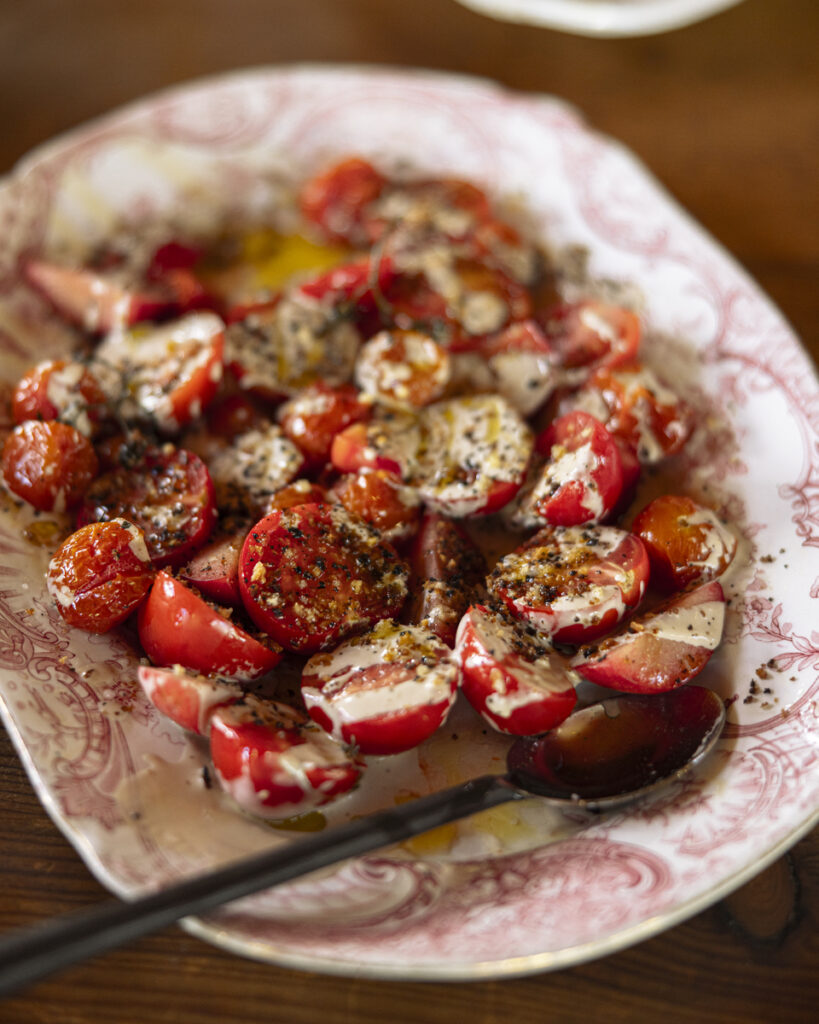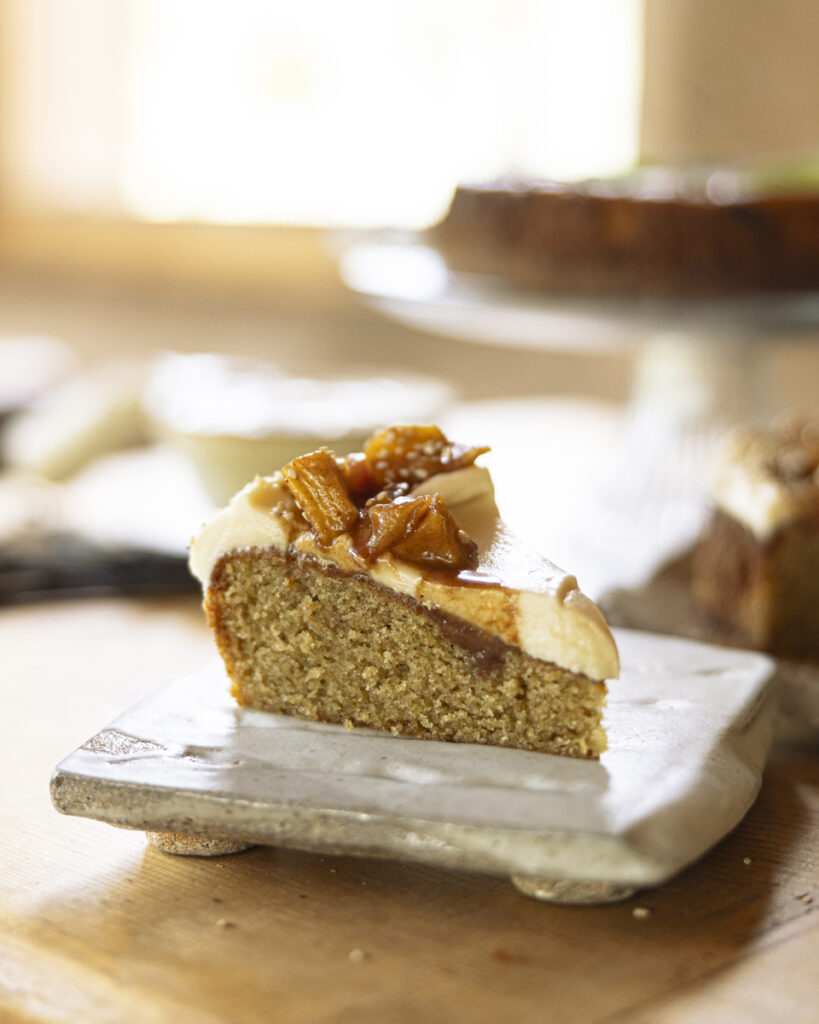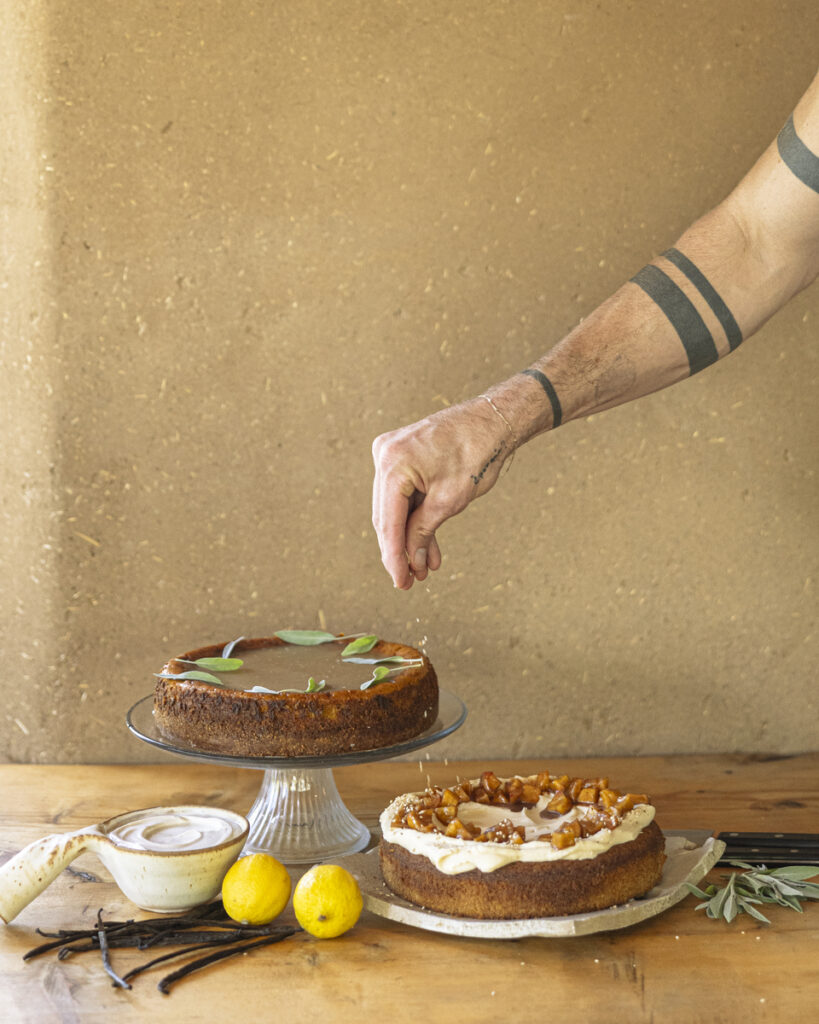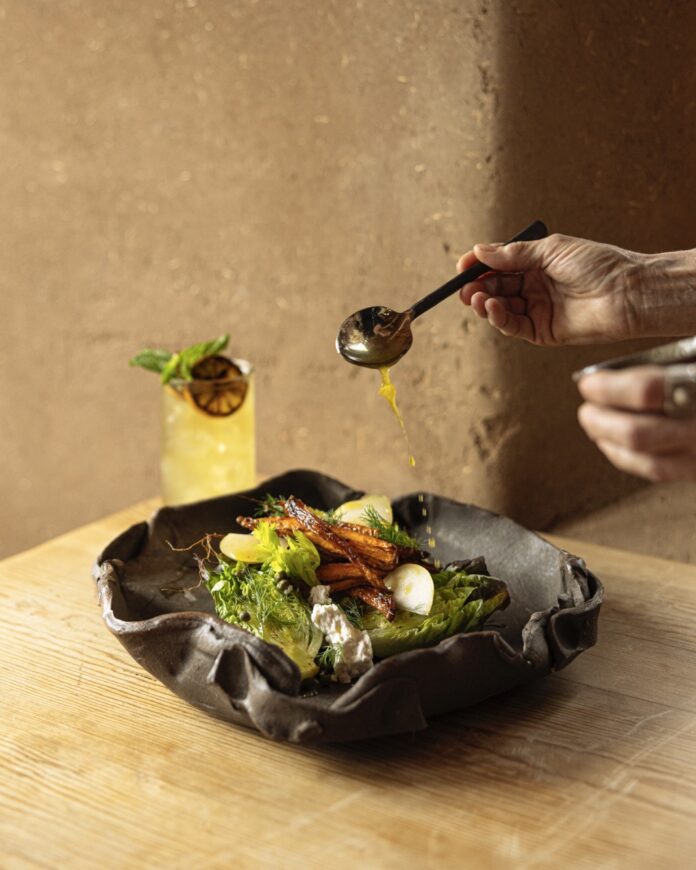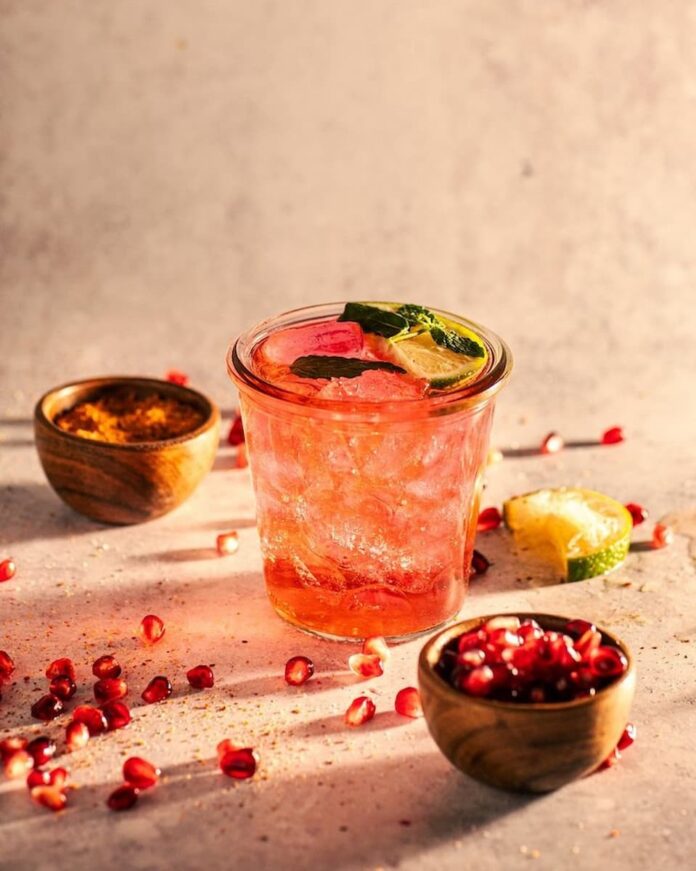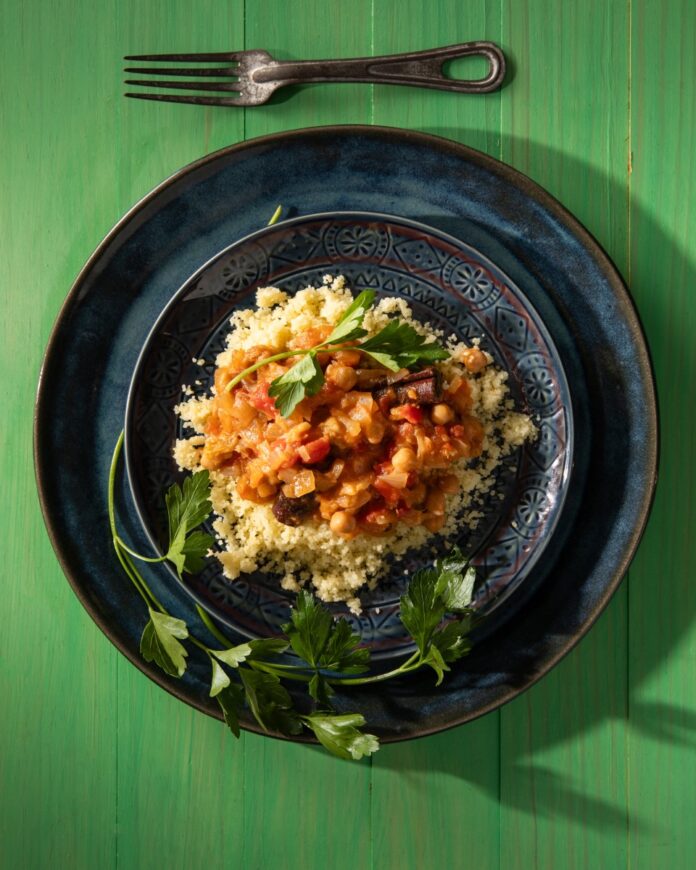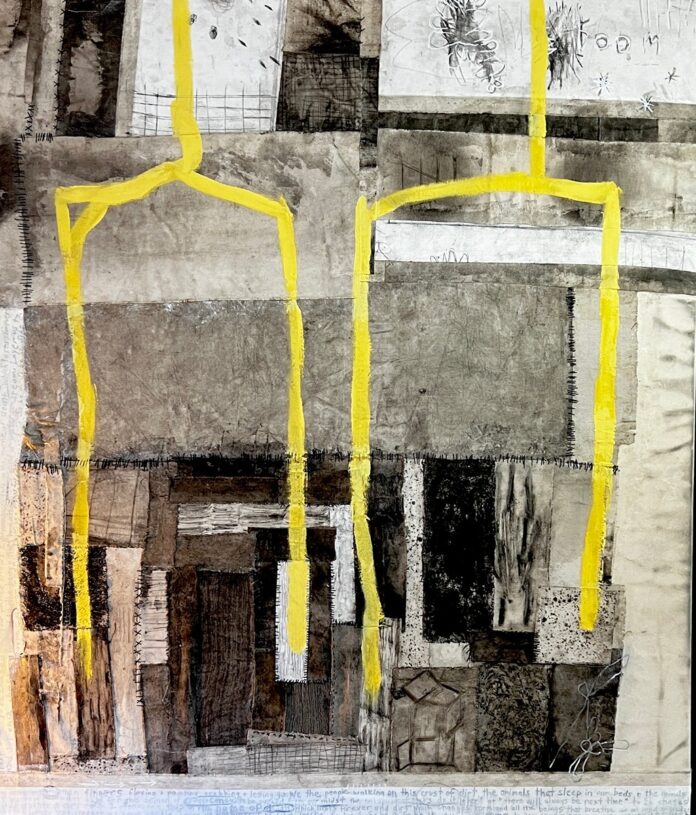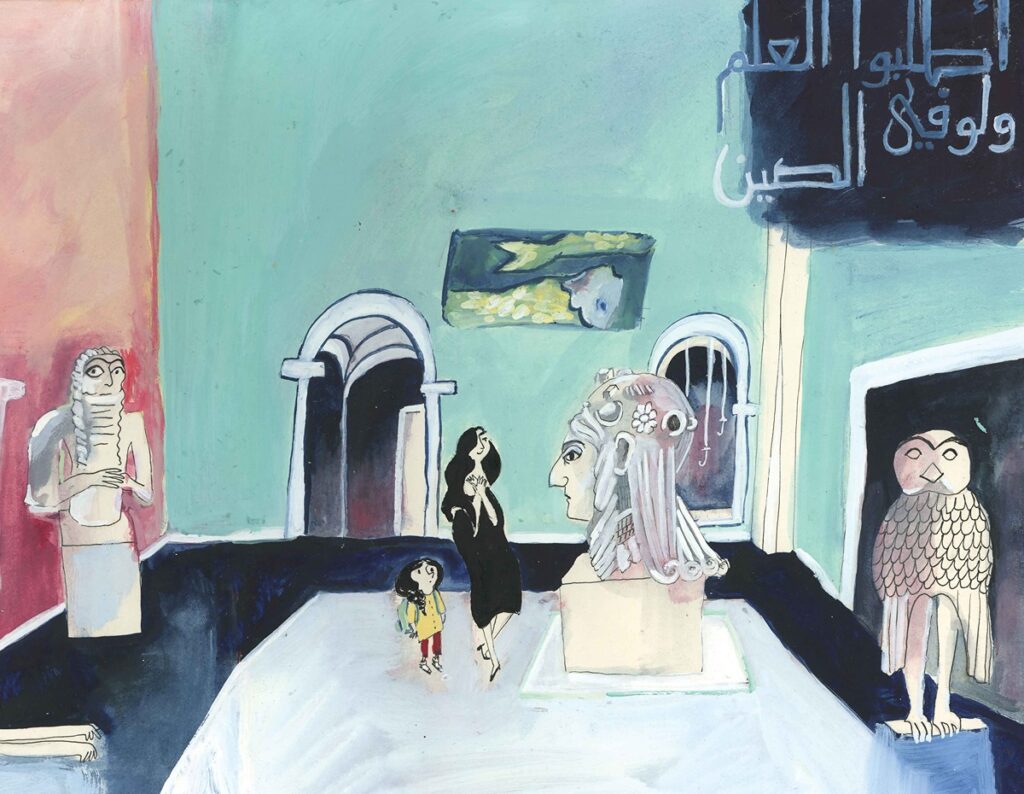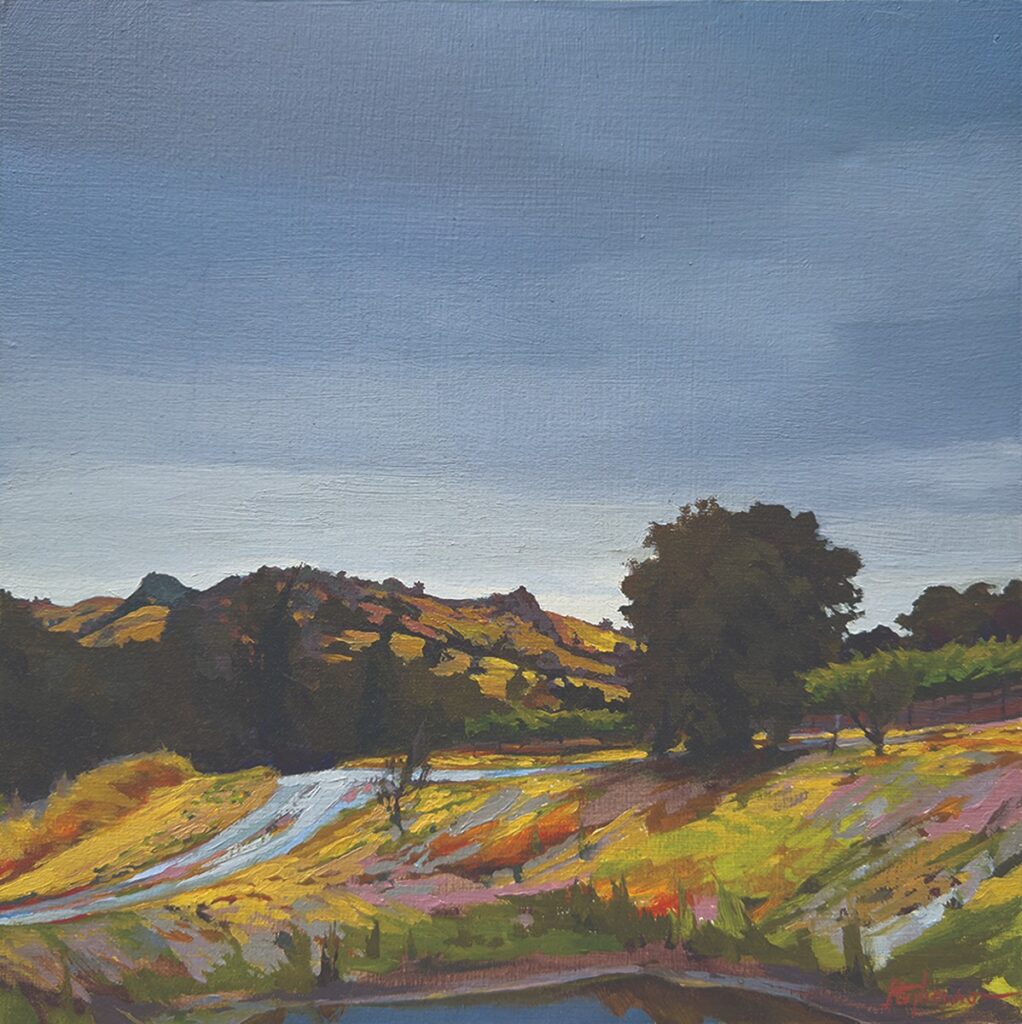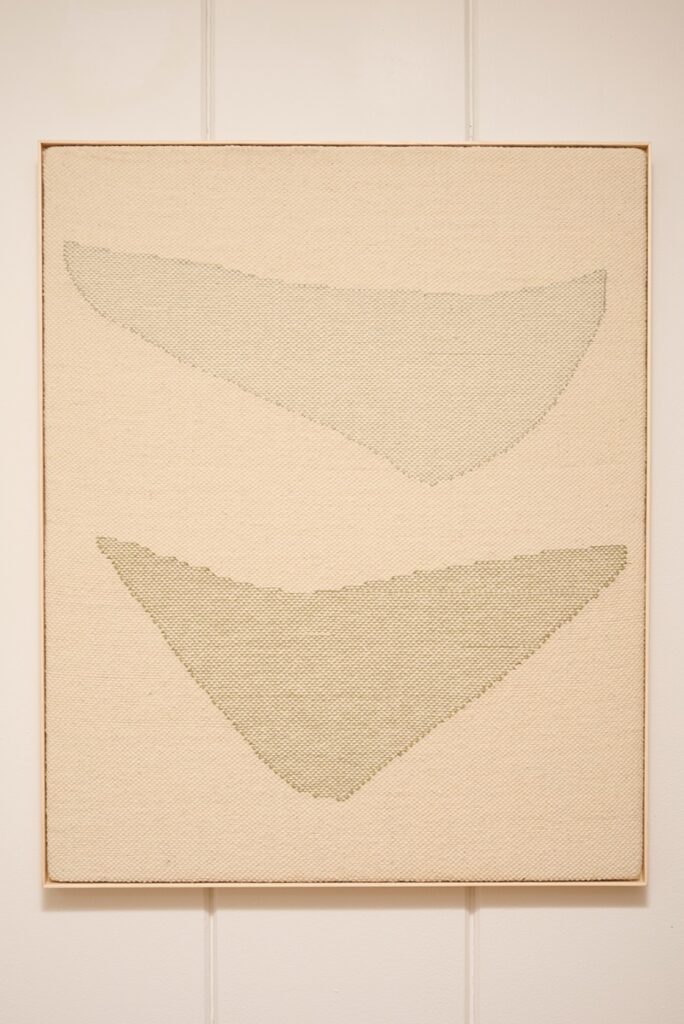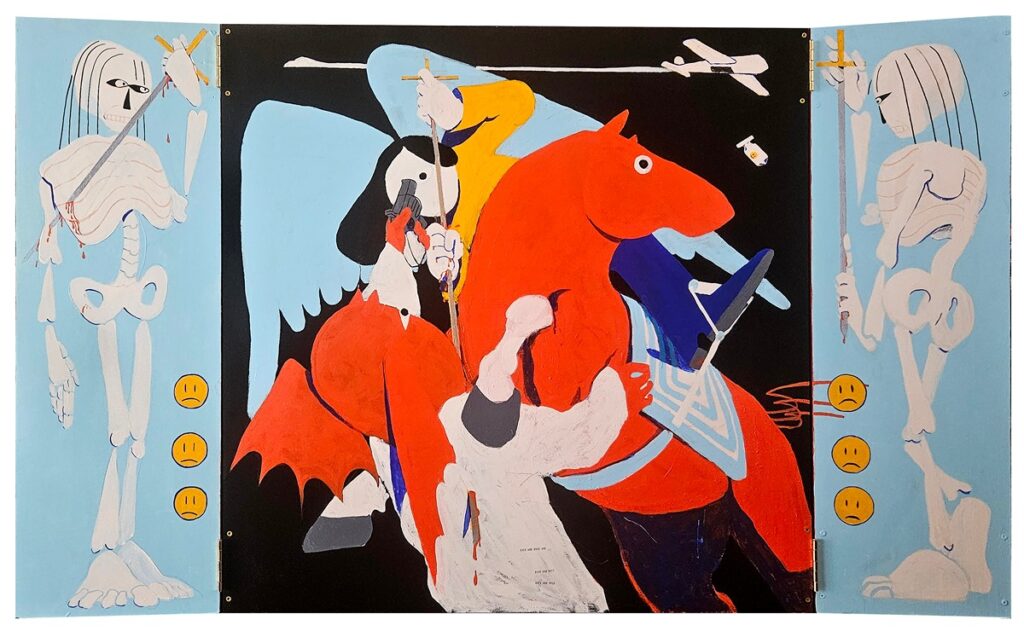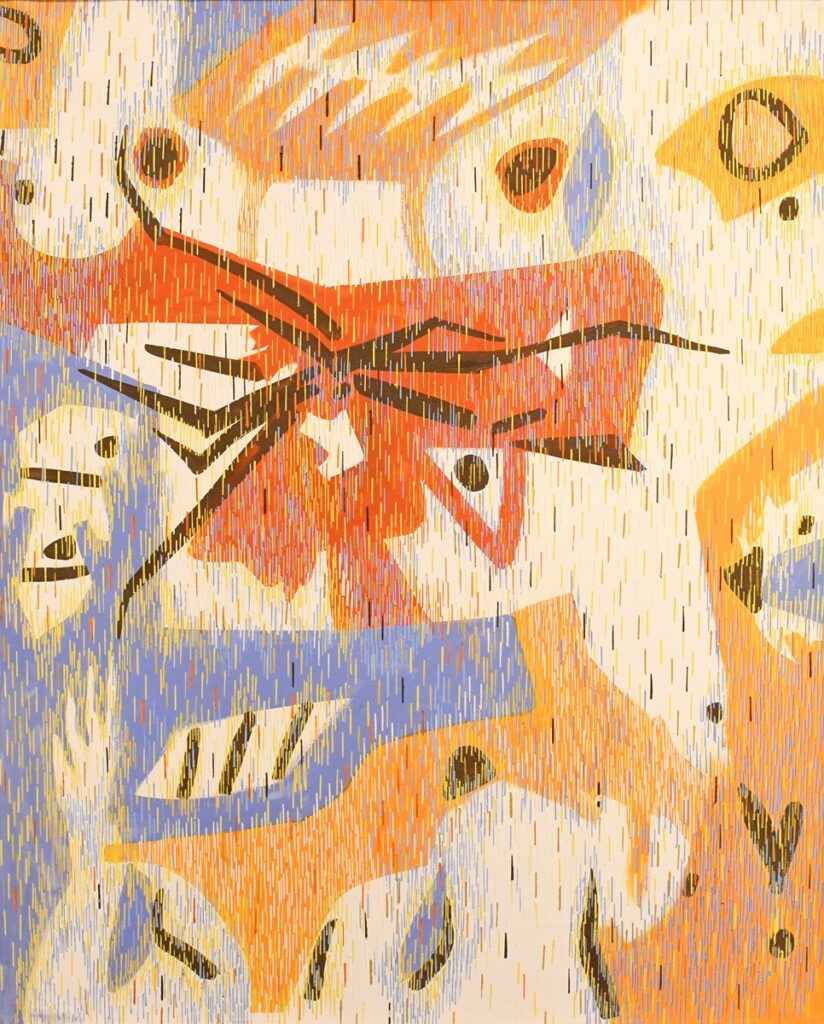Born and raised in New Mexico, Contemporary Hispanic Market president Ramona Vigil-Eastwood has always been about breaking molds. She dates her career in the arts all the way back to the first grade, when as a Spanish speaker at an English-speaking school, she’d pass her time in class by drawing. She learned she “could draw anything — whatever was coming out of my head,” she says.
Contemporary Hispanic Market, July 26 – 27, 2025
Today, she strives to show fellow artists that they are limited only by their own imaginations. “We bring in artists that are versatile, who don’t stick to a traditional form of work,” she says. The market’s categories include ceramics, fiber and textiles, jewelry, glass art, watercolors, metalwork, mixed media art, sculpture, woodwork and recycled found object work, to name just a few. All artists are New Mexico residents and must be of at least one-quarter Hispanic descent. The market draws collectors from across the country and beyond to see the best of contemporary Hispanic art, often with roots in Spanish aesthetics and artistic traditions like tinwork, retablos and woodcarving, but always with a fresh twist. For Vigil-Eastwood, ingenuity is the key: “We let them be free with their artwork so that they can keep creating.”
How the Artists Join the Market
A yearly jury process ensures that the market brings in new artists and keeps the work of returning artists fresh. At this year’s market, she’s thrilled to be introducing 44 new artists, as well as many familiar faces. “That gives me the most joy to know that these folks are still out there working on their art and their craft,” Vigil-Eastwood says. She’s particularly excited to welcome returning artists like Marco Antonio Oviedo II, a santero who also creates bronze artifacts that bring the spirits of goddesses, saints and heroes to life, and first-time exhibitor Ignacio Godinez, who crafts Western-themed sculptures and life-size scenes out of barbed wire salvaged from ranches where he works as a fence contractor.
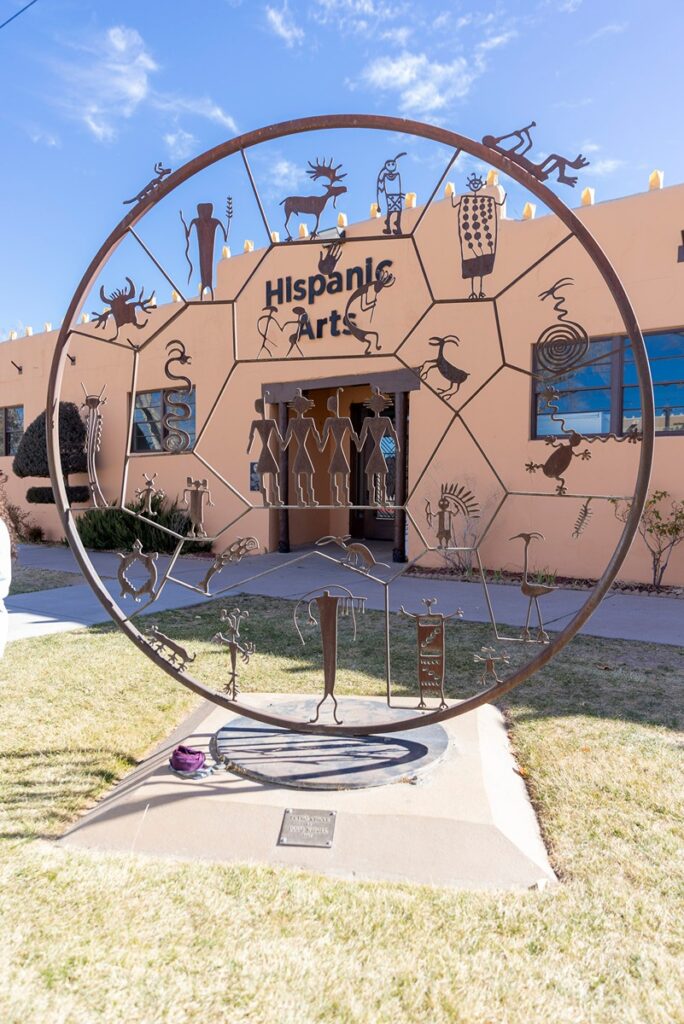
The market began in the early eighties with a handful of booths in the courtyard of the Palace of the Governors. Today, 134 booths span four blocks on Lincoln Avenue and Marcy Street, just off the Santa Fe Plaza. Traditional Spanish Market takes place on the same dates, so plan to check out both events for a weekend full of appreciation of New Mexico’s rich cultural heritage.
A professional jewelry designer in her own right, Vigil-Eastwood has been active in the art world since 1976, raising her four children while traveling to art shows across the country. Her kids describe “growing up underneath a table” at their mom’s art shows, swearing they’d grow up to get “real jobs —” but they all ended up in the arts anyway. This year she’s proud to show her own jewelry at the Contemporary Hispanic Market.
Story by Annabella Farmer
Photos by Gabriella Marks
Subscribe to TABLE Magazine‘s print edition.
